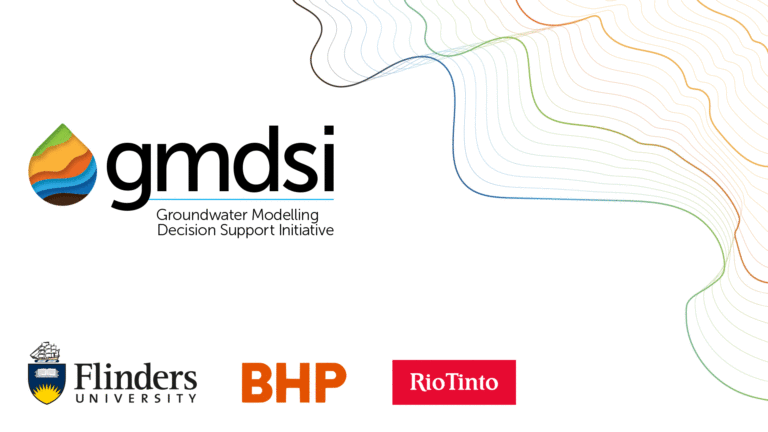
Decision-Support Groundwater Modelling: A Game
This game illustrates ideas presented in an accompanying interactive video. Like the video, it was developed by Ty Ferré of University of Arizona. The game

This game illustrates ideas presented in an accompanying interactive video. Like the video, it was developed by Ty Ferré of University of Arizona. The game
Management of coastal aquifers is unforgiving. If too much fresh water is extracted, salt water takes its place. Depending on the location, measurements of historical

These videos were prepared as lectures for the Groundwater Modelling topic of the Groundwater Hydrology course at Flinders University. They aim to introduce history matching

Groundwater modelling needs a context to make sense. This context is set by a decision that must be made, by those who must make that

For this worked example, we rebuild an old USGS model. The focus of the original model was protection of water supply wells that serve a

In contrast to linear uncertainty analysis, non-linear methods do not suffer from the limitation of assuming a linear relationship between model predictions and model parameters.

The present tutorial addresses the ability (or otherwise) of yet-ungathered data to reduce the uncertainties of decision-critical predictions using linear analysis utilities from the PEST

Linear uncertainty analysis is also known as “first order second moment” (or “FOSM”) analysis. It provides approximate mathematical characterisation of prior predictive probability distributions, and

This is the first in a series of tutorials which demonstrate workflows for parameter estimation and uncertainty analysis with the PEST/PEST++ suites. These are not the only

https://vimeo.com/566929903 by Catherine More and John Doherty Because environmental systems are complex, models must be complex too. Otherwise, how can they simulate the impact of
GMDSI is managed by the National Centre for Groundwater Research and Training (NCGRT) and administered by Flinders University.